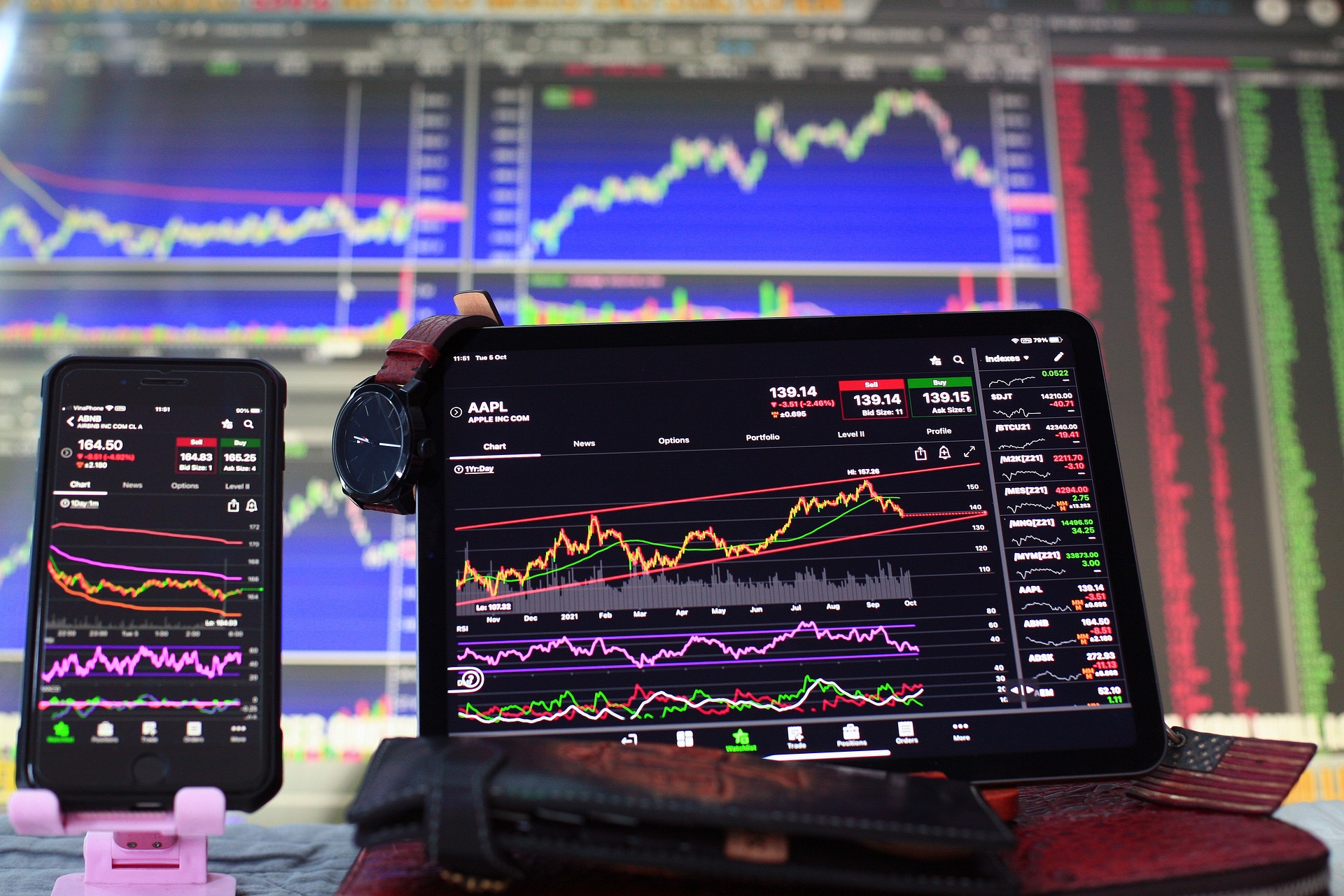Trading: Mastering the Art of Markets
Trading is a dynamic field that involves the buying and selling of financial instruments such as stocks, currencies, commodities, and cryptocurrencies. Whether you're a day trader or a long-term investor, understanding market trends, risks, and strategies is key to achieving success in this fast-paced environment.

The Importance of Trading
Trading is essential to global economies, allowing businesses and governments to access capital, hedge risks, and stabilize financial markets. It also provides individuals with opportunities to grow their wealth. Successful trading relies on a combination of market analysis, risk management, and strategic execution.
Key Components of Trading
- **Market Analysis:** Involves studying trends, patterns, and economic factors that influence asset prices.
- **Technical Analysis:** Using charts and indicators to predict future price movements.
- **Fundamental Analysis:** Evaluating the financial health of a company or economy.
- **Risk Management:** Limiting potential losses through strategies such as stop-loss orders and portfolio diversification.
- **Trading Strategies:** Examples include day trading, swing trading, and position trading, each tailored to different goals and risk tolerances.

Applications of Trading
Trading spans multiple markets, including:
- **Stock Market:** Buying and selling shares of companies.
- **Forex Market:** Trading currencies based on exchange rate fluctuations.
- **Commodities Market:** Investing in resources like gold, oil, and agricultural products.
- **Cryptocurrency Market:** Trading digital assets like Bitcoin and Ethereum.
Challenges in Trading
Trading is not without its risks. Volatility, emotional decision-making, and over-leveraging can lead to significant losses. Additionally, navigating regulatory requirements and staying informed about global events requires constant vigilance and adaptability.
Conclusion
Trading is both an art and a science that demands continuous learning and discipline. By combining technical expertise, strategic planning, and emotional resilience, traders can navigate the complexities of the market and achieve their financial goals. As technology and market access continue to evolve, the future of trading will bring new opportunities and challenges for participants worldwide.